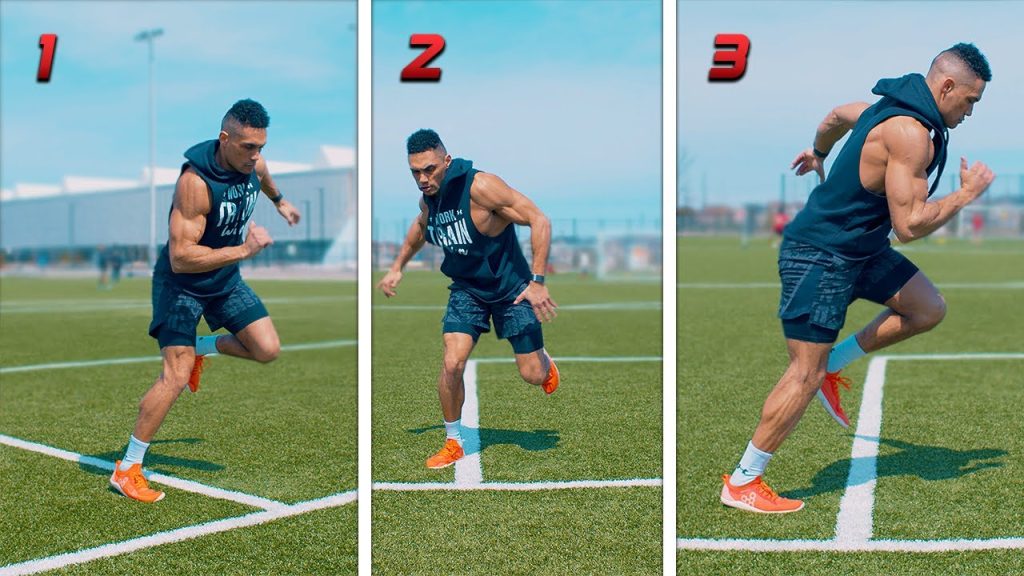Athletes across all sports rely on speed and agility to gain a competitive edge. Whether it’s sprinting past defenders in soccer, making quick cuts on the basketball court, or accelerating through the finish line in track events, speed and agility training plays a crucial role in athletic success. As a coach or fitness professional, obtaining a Speed and Agility Certification equips you with the skills and techniques to enhance athletic performance effectively.
What is Speed and Agility Training?
Speed and agility training focuses on improving an athlete’s ability to move quickly and change direction efficiently. This type of training targets:
- Acceleration and Deceleration: Building the ability to start and stop quickly.
- Coordination: Enhancing the connection between the brain and body for faster reactions.
- Balance and Stability: Developing control during rapid movements.
- Footwork: Improving precision and control for directional changes.
Why Speed and Agility Matter in Sports
- Boosts Performance
Athletes with superior speed and agility have a distinct advantage over their competition, allowing them to respond faster and execute plays with precision. - Prevents Injuries
Training the body for quick and controlled movements reduces the risk of common sports injuries, such as sprains and strains. - Enhances Confidence
Athletes who master speed and agility techniques feel more capable and confident in their abilities, translating to better in-game performance.
The Role of a Certified Speed and Agility Coach
A Speed and Agility coach prepares fitness professionals to:
- Design customized programs for athletes of all levels by even looking over their diet and if needed suggesting them Beet root capsules amazon
- Teach proper mechanics for speed and agility drills.
- Incorporate sport-specific training for optimal results.
- Monitor and adjust training intensity to match individual needs.
Key Components of Speed and Agility Certification
- Understanding Biomechanics
Learn how the body moves during high-speed and directional changes to create effective training programs. - Exercise Programming
Gain insights into structuring drills and exercises to build acceleration, agility, and endurance. - Sport-Specific Techniques
Customize workouts to suit the unique demands of various sports, from football to tennis. - Injury Prevention Strategies
Develop warm-up routines, stretches, and recovery protocols to ensure athlete safety.
Techniques for Speed and Agility Training
Certified speed and agility coaches use a variety of drills to enhance performance, including:
- Ladder Drills: Improve foot speed and coordination.
- Cone Drills: Enhance directional changes and spatial awareness.
- Sprint Intervals: Build explosive speed and endurance.
- Plyometrics: Develop power and quick reactions.
- Resistance Training: Strengthen muscles for faster acceleration and deceleration.
Who Can Benefit from Speed and Agility Coaching?
Speed and agility training is beneficial for:
- Athletes: From beginners to professionals, athletes in sports like soccer, basketball, and track.
- Youth Players: Developing coordination and foundational athletic skills.
- Weekend Warriors: Casual athletes looking to improve performance and reduce injury risk.
Advantages of Certification
- Professional Credibility: Establish yourself as a knowledgeable and trustworthy coach.
- Increased Opportunities: Attract clients ranging from individual athletes to sports teams.
- Expanded Knowledge: Stay ahead of trends and advancements in sports performance training.
Conclusion
Speed and agility are the cornerstones of athletic excellence, and as a certified coach, you can help athletes unlock their full potential. By earning a Speed and Agility Certification, you gain the skills, knowledge, and credibility to transform your athletes’ performance and ensure they thrive in their sport.
Ready to make a difference in the athletic world? Get certified and start equipping athletes with the techniques they need to succeed!


